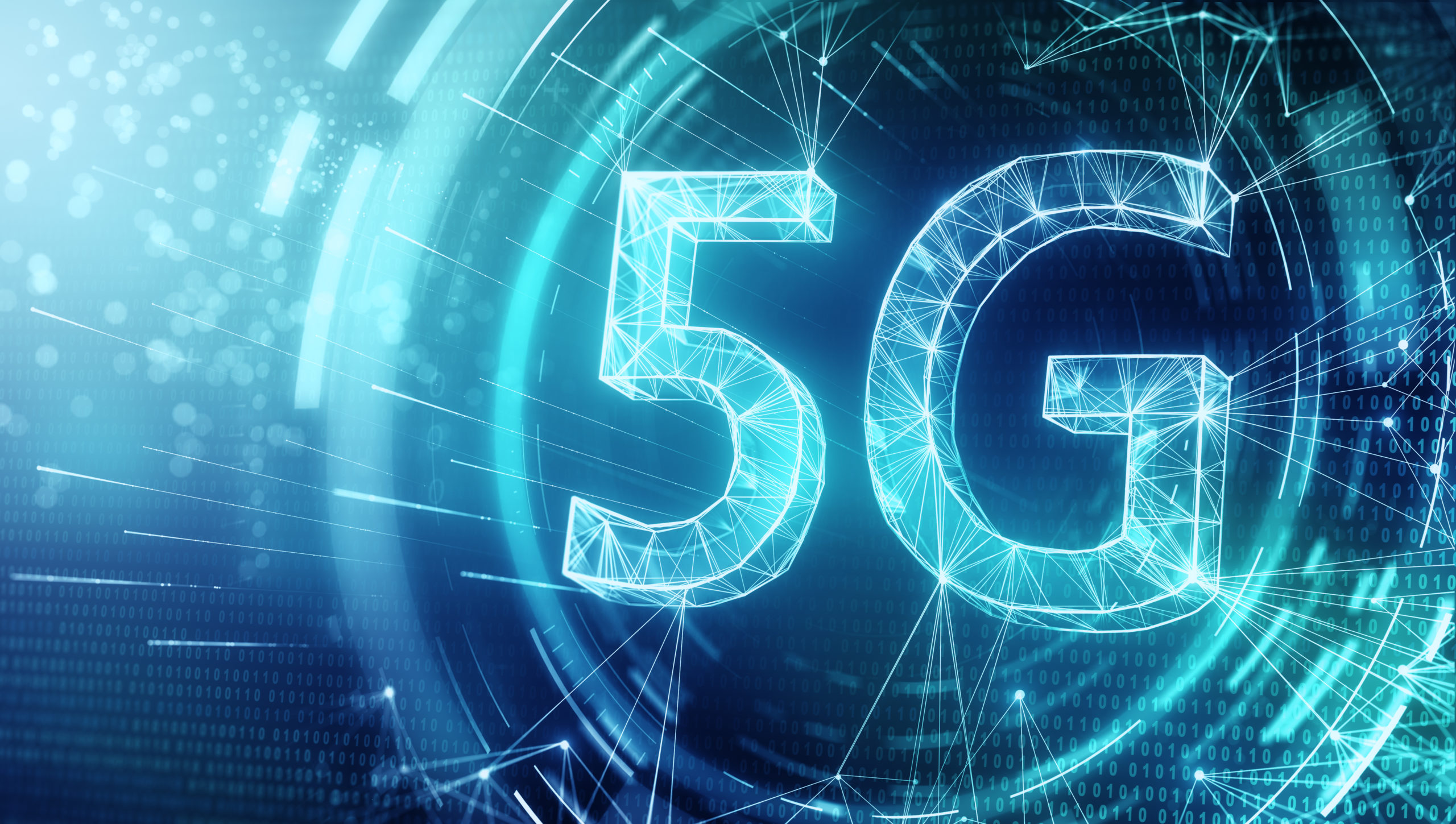There are a variety of health risks that are associated with five-G's wireless technologies. While some of them are acute, like hypersensitivity and electronic sensitivity, others are long-term, like cancer and damage to the skin. Below is a list of some of the health issues linked to 5G. And remember, being healthy is your most important issue.
Radiofrequency radiation exposure
Exposure to radiofrequency radiation (RF) is a significant issue because of its potential to impact the health of humans. But, there are some significant limitations to epidemiological studies. how dangerous is 5g radiation of the most significant issues is that RF exposures can be difficult to measure. This is why the majority of studies employ job-exposure matrices and self-reporting methodsthat can be in error and cause inaccurate classification. Other issues include the absence of standardized exposure assessment and inability to identify the possibility of confusion-causing factors.
One method to reduce the risk is to reduce the amount of radiation exposure. It is recommended to limit exposure. International Commission on Non-Ionizing Radiation Protection (ICNIRP) has published guidelines for the limits of exposure for RF fields that exceed six gigahertz. The guidelines aim to ensure that RF radiation is not harmful to human health.
Eyes irradiated
The rapid expansion of speedy 5G networks is likely to create a variety of health issues. The new networks will have fast internet speeds and are used in mobile devices, networks and service providers. Researchers at Swinburne University in Australia have studied the effects of electromagnetic radiation on human tissue Their findings have formed the basis for discussions on the possible dangers. The team, headed by professor Andrew Wood, is part of the multi-institutional Australian Centre for Electromagnetic Bioeffects Research. It is also contributing to the work that is being conducted by the International Commission on Non-Ionizing Radiation Protection (ICNIRP).
However, the consequences of 5G on humans are still unclear. It is necessary to conduct more research to identify the specific dangers to health posed by this latest technology. There aren't any conclusive studies that link 5G with COVID-19, the virus that is responsible for SARS. It also does not appear to trigger the development of a new coronavirus nor increase the risk of viral infections.
The sweat ducts are irradiated
The radiation of sweat ducts is due to radiofrequency waves being transmitted and has been linked with health risks. 5G is built upon the sub-THz frequency spectrum that is shorter than the wavelengths of current 3G, 2G, as well as the 4G and 2G wireless network. This frequency band is thought to have specific absorption rates. These high-frequency waves are high concentrated in the sweat ducts which results in higher SAR than what is normal. The health impact is hard to evaluate because the standard tests used by industry systems are not sophisticated enough to evaluate the effects on the sweat glands. Therefore, the biological effects of this frequency range need to be considered during the development of 5G.
Although 5G wireless communication systems are still under vigorous controversy Recent studies have revealed that RF-EMF exposures may cause harm. This kind of exposure has been linked with fertility issues and cancer. Studies have also suggested that 5G exposures may be linked to additional health hazards.
Animals with cancer
As we begin to implement high-speed 5G networks, it is important to be aware of the potential risks to our health that this technology can pose. At 5g is it dangerous , there are numerous health risks associated with the implementation of the technology and it is causing a lot of concerns in several nations. Professor Andrew Wood's team at Swinburne University has been studying the effects of 5G electromagnetic energy on human tissues and these findings have helped form the basis for discussions regarding safety regulation. They are also a part of the multi-institutional Australian Centre for Electromagnetic Bioeffects Research which is participating in the International Commission on Non-Ionizing Radio Protection's (ICNIRP) efforts.
The study has come to mixed conclusions. Although some researchers have cited studies showing that radiofrequency radiation from mobile phones causes the development of cancer among humans, others have suggested a link between the devices and hearing issues in humans. Researchers have also identified a possible connection between 5G and gliomas in animals. These tumors can be located in the brain, the heart or ear and interfere with the functions of the nervous system as well as the heart. They may also impact your balance as well as hearing. They can also be dangerous removal of them could be dangerous.
Pandemic conspiracy
An Belgian doctor has linked the spread of a coronavirus with 5G towers. The conspiracy-minded took advantage of the doctor's words to promote an anti-5G campaign. Even though the Belgian newspaper has removed the story on its site, the article was soon spread on social media, including YouTube and Facebook by famous people with a massive following.

There is however insufficient evidence for this theory. There are other concerns but. Certain people have been calling for the destruction of mobile phone towers and are threatening to kill people. In the UK threats against telecom engineers have escalated. Some of the threats have led to vandalism at mobile phone towers and other infrastructure. At the beginning of April the UK was hit by thirty instances of vandalism aimed at wireless equipment. Arson attacks that occurred in the Netherlands was also reportedly connected to the words "Fuck 5G."
While many experts in public health have debunked the 5G pandemic theory, it has become the norm of opinion. The technology has also been observed in real-life situations, as incidents involving 5G towers were reported across Europe in both Europe and Latin America. Although it is true that the CDC has declared 5G safe for use, fears persist about the health implications of the technology.
